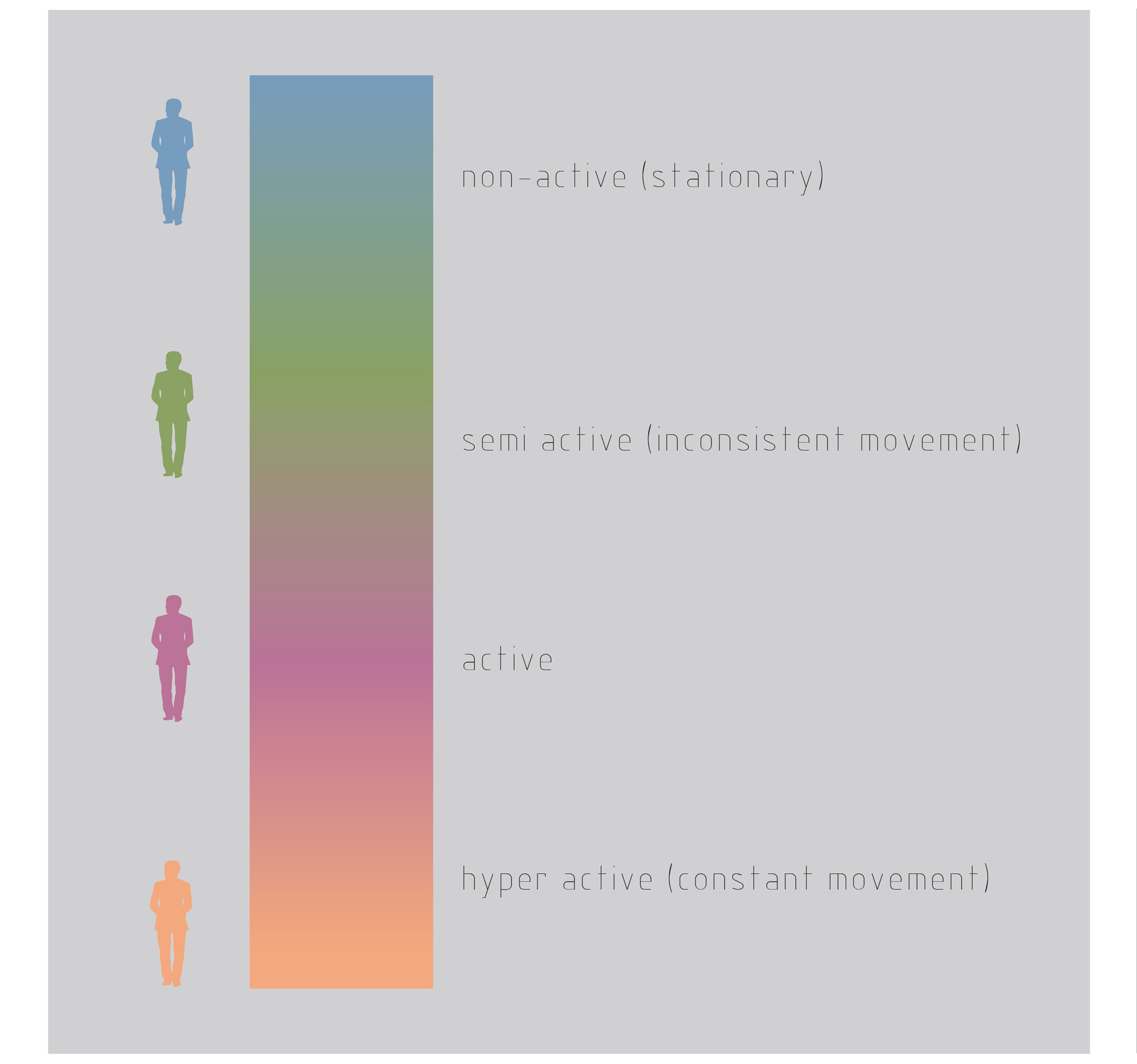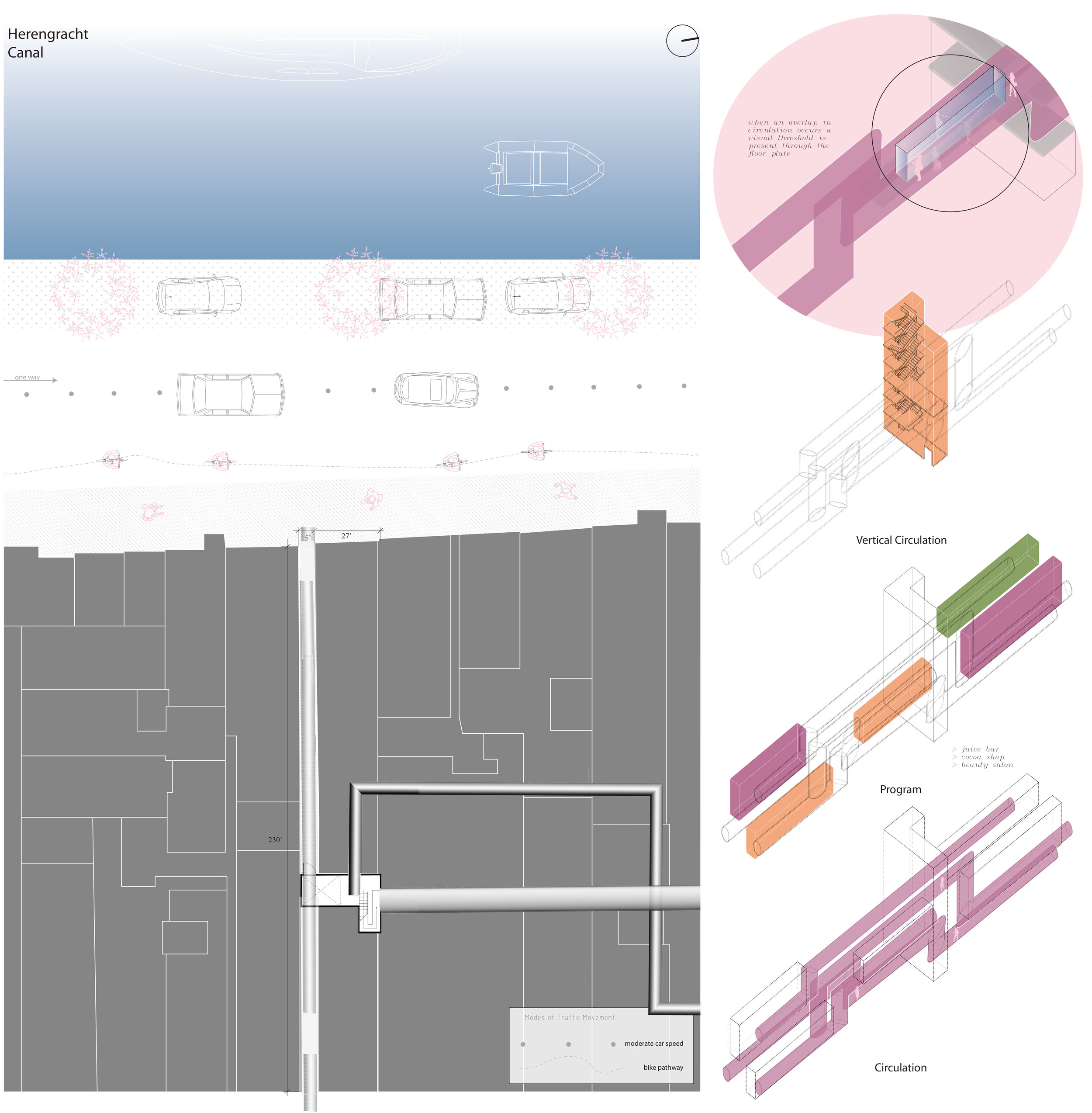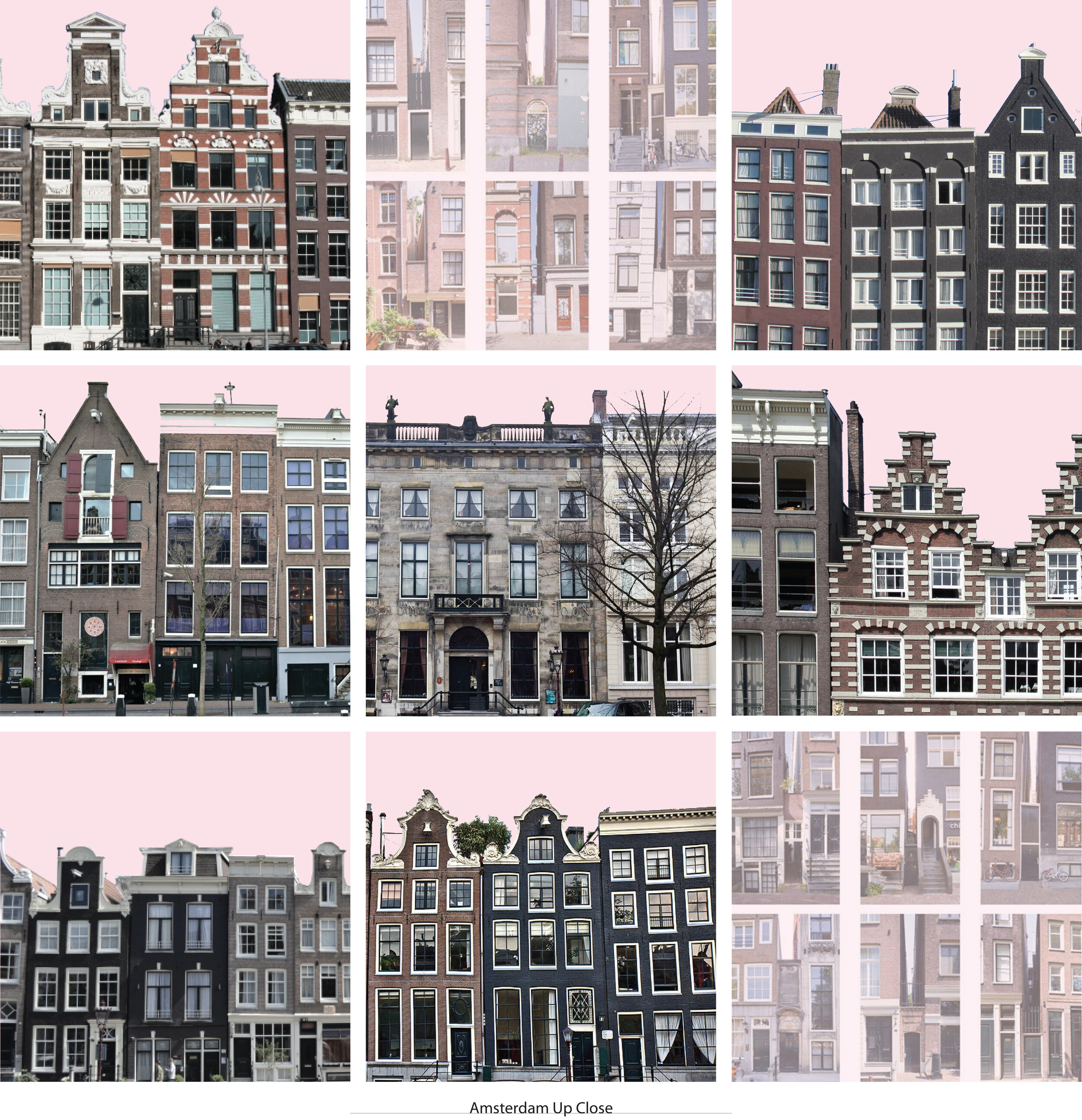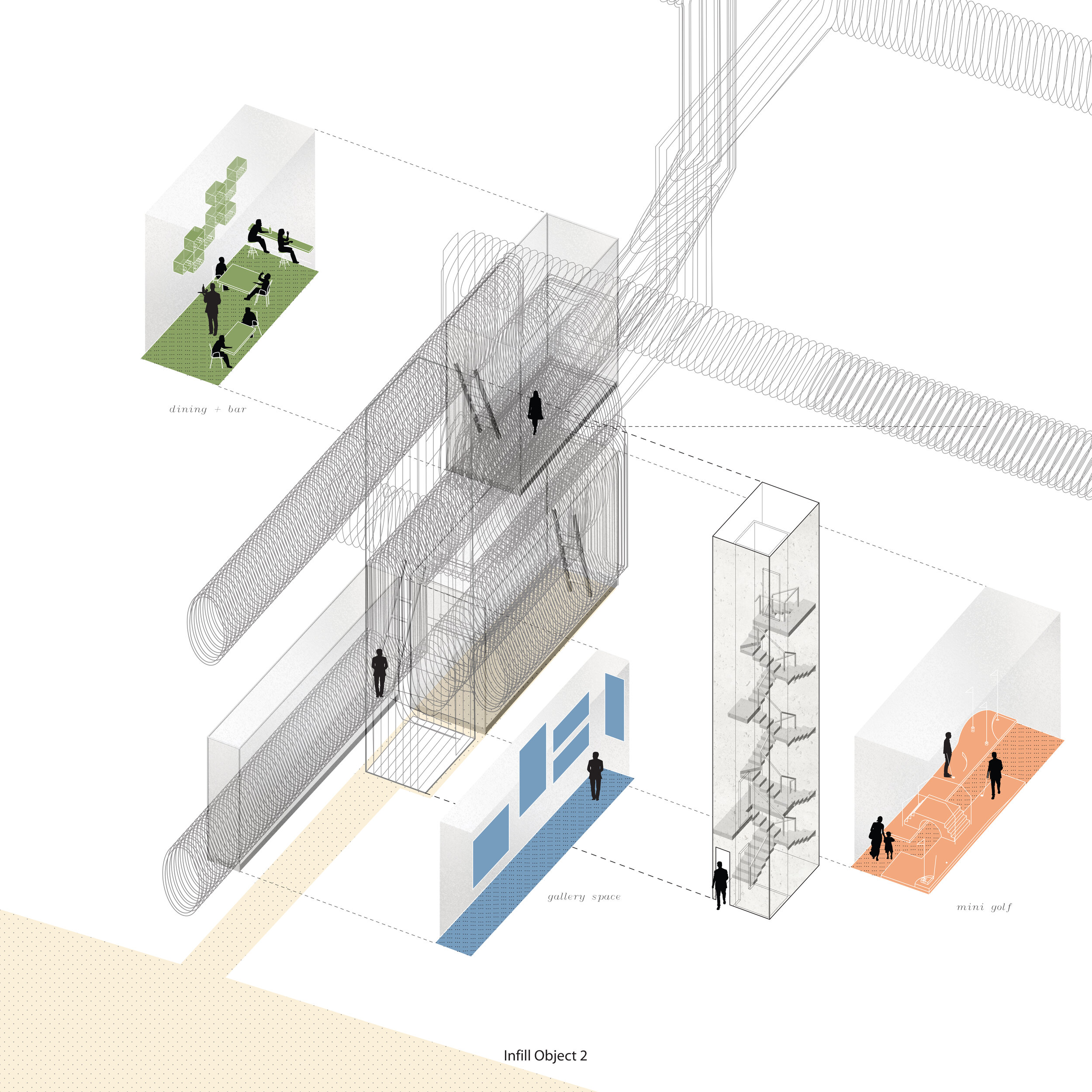"Social Infiller: A New Ground For Play"
~ city-as-global-playground ~
Physical Model
We decipher spaces through our growth and development of the things around us by playing. This action is brought to a different form as we grow older. A space that constitutes play is not the same to an adult as it is to a child. This disconnect prompted the exploration of what play and playground really entail.
Play is universally known as a verb to describe how one is engaging in activity. To add to this definition, play is used to describe how one engages in activity but it takes different ways to enable it. How each of us plays differs by space. Playgrounds foster a social engagement of children congregating in a designated space to enjoy interactions between people and the elements (equipment) with play as a unifying factor.
Moreover, playgrounds cater to a specific user type, typically families that have children, and anyone outside that demographic have no use or desire to use it; it remains as an arena for play to be solely activated by people. Ultimately, rendering a playground useless until filled with people. [Play]grounds are residual infill spaces.
Upon that conclusion, the need to inhabit the uninhabited spaces in Amsterdam is prioritized. The urban fabric of Amsterdam is as dense as stone, but upon closer analysis, the noli plan of canal houses located in the historic district contains pockets - underutilized alleys that are currently blocked at street level.
By re-activating these “pockets” within the city, a new ground for play is imagined. By expanding the idea that closeness is but a loose boundary to create intimate yet socially fluid and open experiences by moving through human scaled tubes, meant to sustain activities despite the obvious constraint of space.
The intent of this thesis is to provide a social network of accessible nodes, to invigorate the alleyways of the city of Amsterdam; a city that thrives on the growing empire of consumerism, but lacks the initiative to develop “in-between” or wasted spaces. This thesis then takes three alleyways that enable non- active, semi-active, active and hyper-active play by allowing the user to experience a closeness that is direct and social with program nested along and within what formally are infill objects connecting as a network. Tourists are traveling through tubes because it is another form of experiencing the city.
Fifth Year. Thesis.
1 WHAT IS (PLAY)GROUND?
2 WHAT IS SMALL?
3 WHAT IS FORMAL MOVEMENT?
4 SITE INTERVENTION: Amsterdam, Netherlands
5 DESIGN AS NEW GROUND FOR PLAY














































